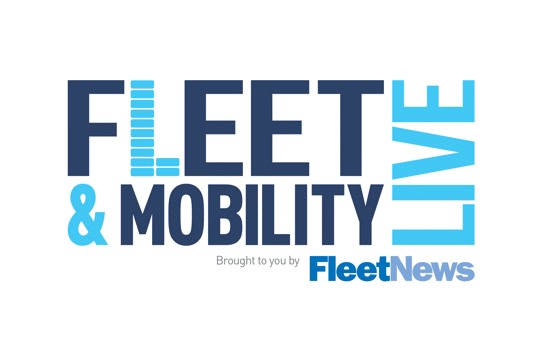by Paul McCorkell, director of business rental UK & Ireland at Enterprise
We’re in uncertain economic times – inflation and mortgages are rising, incomes are reducing in real terms and the potential for a recession is a possibility.
The imperative for organisations to plan for their mobility requirements has never been greater.
This has particular resonance when it comes to the ‘grey fleet’ of employees using their own personal cars for work.
A quick look at what’s unfolding will help to explain why.
The latest figures from the Office for National Statistics (ONS) shows UK inflation rose to a 40-year high of 10.1% in the year to July 2022 and is predicted to reach potentially 18% early in 2023.
This will further reduce the value of wages while making everything even more expensive.
The increase to the Consumer Prices Index (CPI) was higher than expected, putting more pressure onto households already facing rising costs.
Against this economic backdrop, the risks faced by grey fleet users could well increase.
The reason is that if millions of grey fleet drivers have less cash in their pockets, it’s possible that they could either delay or completely abandon essential service, maintenance, and repair (SMR) work.
As the effect of inflation increases, employees should not have to make decisions like this that could cause problems down the line, potentially compromising the safety of a journey.
Even before this current economic uncertainty, UK research undertaken by Enterprise discovered that 44% of grey fleet drivers who had a warning light on their dashboard did not intend to have it looked at before driving for business.
If that figure now climbs, then the risk to business increases.
It’s never been more important for fleet decision-makers to scrutinise the condition and legality of privately-owned vehicles that are being used for work purposes.
It's now possible that grey fleet could become an additional burden for employees where the mileage rate is insufficient to meet the costs of running their vehicle for work.
While they're reimbursed for business-related travel, the amount they receive per mile is not keeping up with essential SMR cost.
This could result in them no longer wishing to use their car for work.
Alternatively, the recent fall in forecourt fuel prices could also result in an increasing number of employees viewing reimbursement for grey mileage as a way of creating additional disposable income by effectively 'topping-up' their salary.
Forward plan employees' mobility needs
In both scenarios, it’s essential that fleet decision-makers forward plan their employees’ mobility needs, especially by providing alternative modes of mobility conveniently located to support grey fleet business users.
Historically, one of the biggest problems surrounding grey fleet has been the total lack of data that exists due to its last-minute and discretionary nature.
Businesses offer tools that enable detailed data capture on the scale and scope of all business travel, specifically to ensure rental programmes keep employees moving efficiently.
This gives businesses total transparency over which employees are using their own cars as well as the purpose of their journeys and the number of miles covered.
When it comes to tackling the mounting issues surrounding grey fleet use, ensuring the most comprehensive understanding is of fundamental importance.
To conclude, it makes complete sense to provide mobility solutions so employees can move away from their own vehicles and help businesses improve efficiency and profitability while also achieving their decarbonisation goals.
At the current level of manufacturer availability, designing the solution requires forward planning and a data-driven approach that identifies what types of vehicles are required and the locations, as well as length and duration of journeys.
This enables a bespoke solution for every business’s specific requirements – from a dedicated fleet of on-site pool cars to a virtual fleet of on-street or in-branch car club vehicles, and many more options besides.
In the face of such uncertainty, it’s never been more important for organisations to plan while fully understanding and scrutinising their grey fleet use.
There’s simply too much to lose by overlooking just how important this has now become.
>Post-pandemic grey fleet duty of care warning for fleets
>Cost-of-living crisis grey fleet SMR warning for fleets
>Grey fleet safety issues blamed on inflation-linked ‘corner cutting’



















Login to comment
Comments
No comments have been made yet.